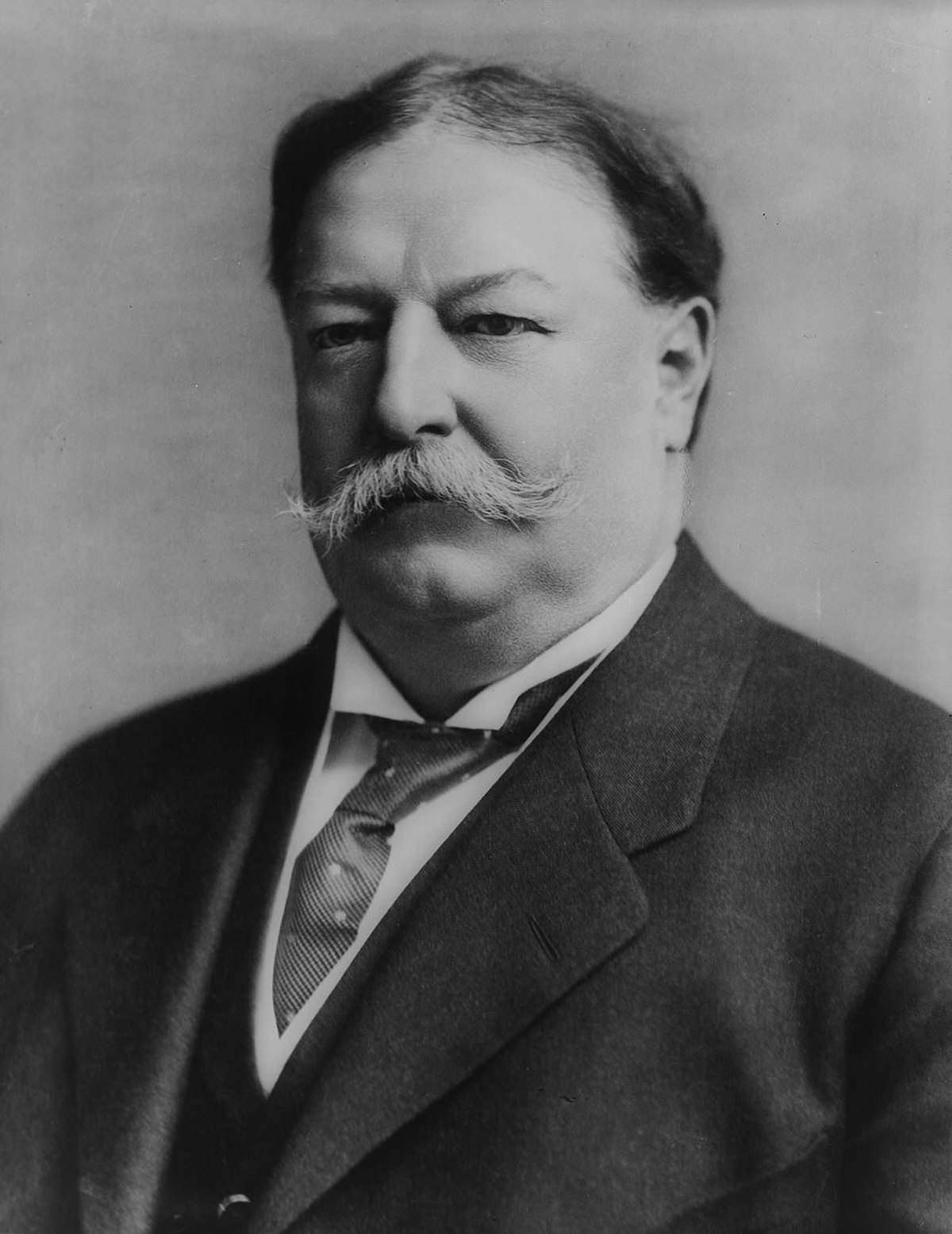
Insular Government of the Philippine Islands
PhilippinesThe Insular Government of the Philippine Islands (Spanish: Gobierno Insular de las Islas Filipinas) was an unincorporated territory of the United States that was established in 1902 and was reorganized in 1935 in preparation for later independence. The Insular Government was preceded by the United States Military Government of the Philippine Islands and was followed by the Commonwealth of the Philippines.
The Philippines were acquired from Spain by the United States in 1898 following the Spanish–American War. Resistance led to the Philippine–American War, in which the United States suppressed the nascent First Philippine Republic. In 1902, the United States Congress passed the Philippine Organic Act, which organized the government and served as its basic law. This act provided for a governor-general appointed by the president of the United States, as well as a bicameral Philippine Legislature with the appointed Philippine Commission as the upper house and a fully elected, fully Filipino elected lower house, the Philippine Assembly. The Internal Revenue Law of 1904 provided for general internal revenue taxes, documentary taxes and transfer of livestock. A wide variety of Revenue stamps were issued in denominations ranging from one centavo to 20,000 pesos.
The term "insular" refers to the fact that the government operated under the authority of the U.S. Bureau of Insular Affairs. Puerto Rico and Guam also had insular governments at this time. From 1901 to 1922, the U.S. Supreme Court wrestled with the constitutional status of these governments in the Insular Cases. In Dorr v. United States (1904), the court ruled that Filipinos did not have a constitutional right to trial by jury. In the Philippines itself, the term "insular" had limited usage. On banknotes, postage stamps, and the coat of arms, the government referred to itself simply as the "Philippine Islands".
The 1902 Philippine Organic Act was replaced in 1916 by the Jones Law, which ended the Philippine Commission and provided for both houses of the Philippine Legislature to be elected. In 1935, the Insular Government was replaced by the Commonwealth. Commonwealth status was intended to last ten years, during which the country would be prepared for independence.
